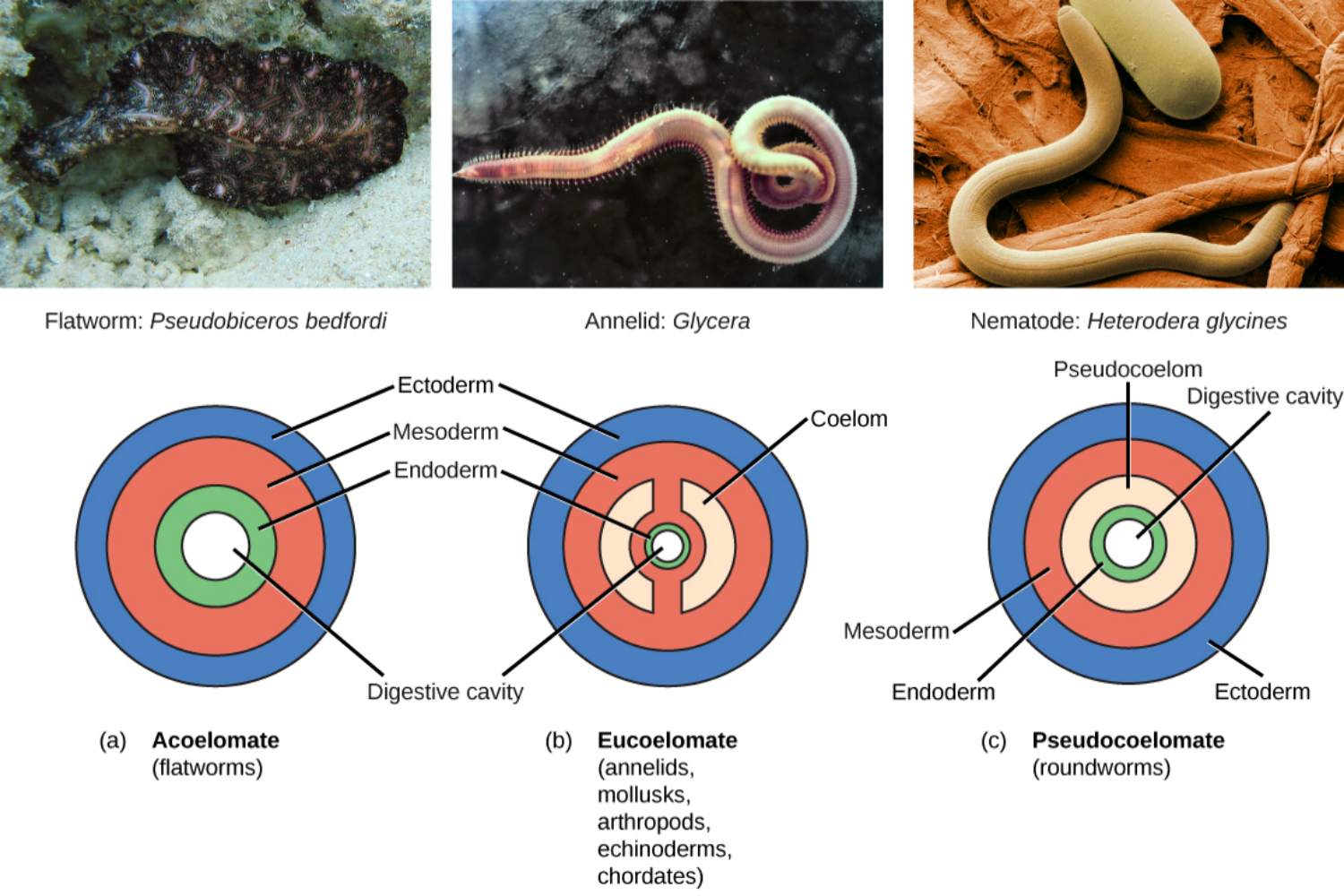Tag: Animal kingdom
Phylum Protozoa
Protos—first, Zoan—animal, First animal phylum Study of protozoans called Protozoology Father of protozoology – Antony von Leeuwenhoek Term Protozoa was assigned by Goldfuss Protozoa belong to Kingdom Protista of Haeckel Single-celled, solitary or colonial, eukaryotes Important characters Size ranges from 1µ to 5000µ Aquatic – freshwater or marine forms, or endoparasites Grade of organization– protoplasmic…

Animal Kingdom
Animal Kingdom covers about 35-phyla, of which 11 are considered to be major phyla. In major phyla, 10 are from Non-chordates and 1 from chordates. The 11-major phyla are – Phylum Protozoa: single-celled (solitary or colonial)Eukaryotes Phylum Porifera: Sponges Phylum Cnidaria: Jellyfishes and sea anemones Phylum Ctenophora*: Comb jellies Phylum Platyhelminthes: Flat warms Phylum Aschelminthes:…

